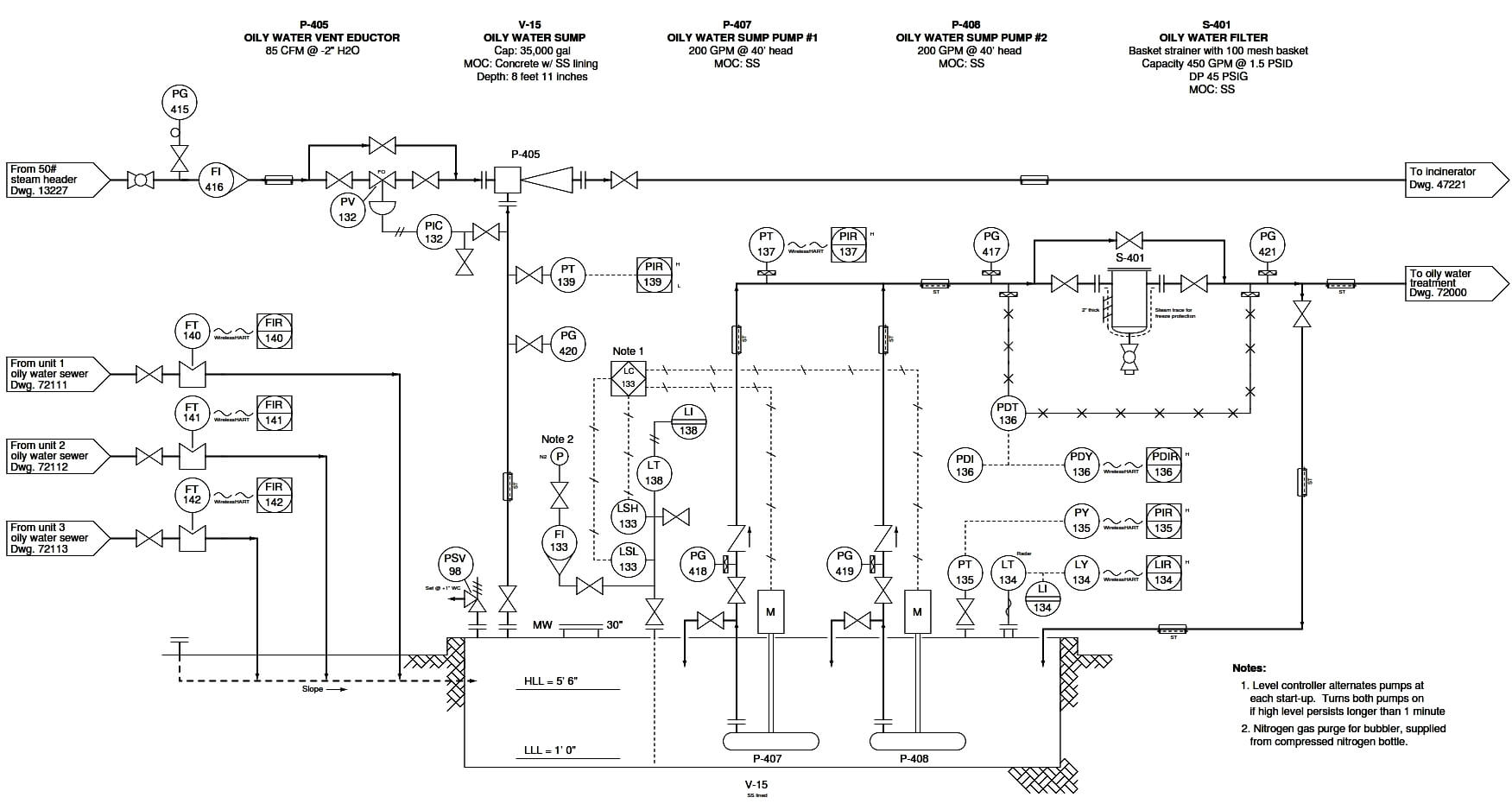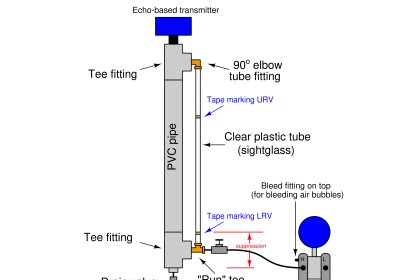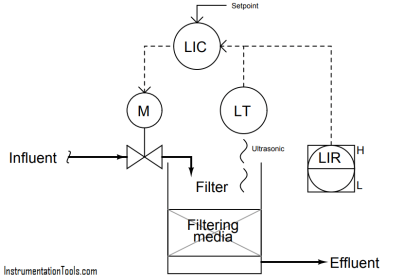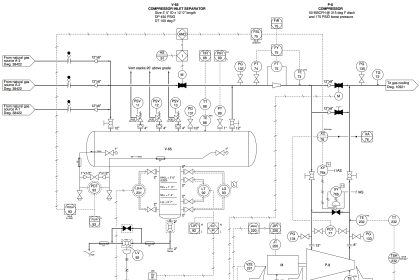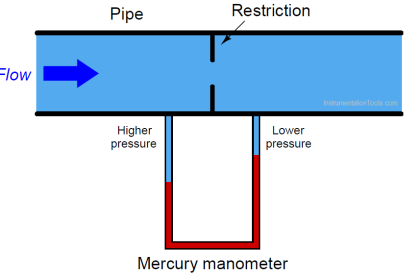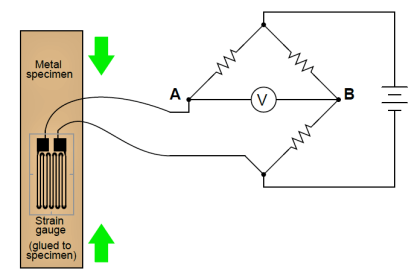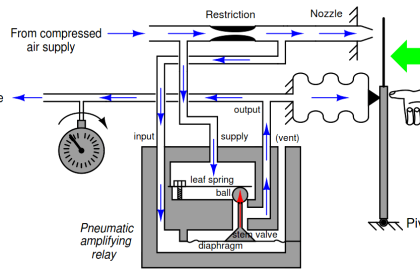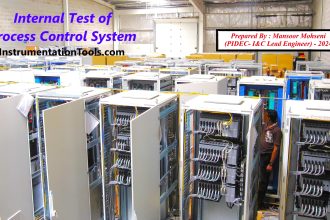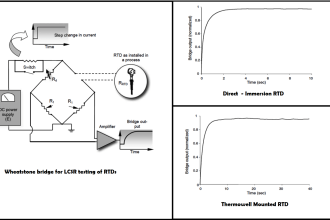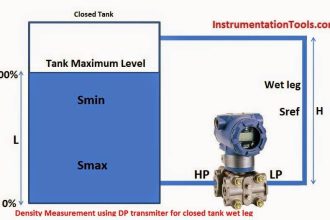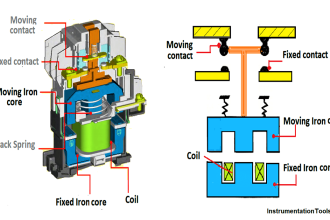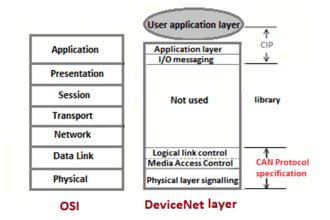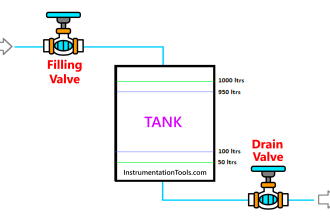An operator reports a problem with the oily water filter instrumentation in this process: PDIR-136 indicates a differential pressure of 1.8 PSID, while PG-417 reads 12.5 PSI and PG-421 reads 11.3 PSI.
Your first test is to check the indication of PIR-137, and you see that it reads 12.6 PSI:
Oily Water Filter Instrumentation
Identify the likelihood of each specified fault in this process. Consider each fault one at a time (i.e. no coincidental faults), determining whether or not each fault could independently account for all measurements and symptoms in this process.
Identify the below faults that are possible or Impossible?
- Upstream filter block valve partially shut
- Downstream filter block valve partially shut
- PDT-136 calibration error
- PT-137 calibration error
- PG-417 calibration error
- PG-421 calibration error
- Filter drain valve to sump left open
Explain why the idea to check PIR-137 was a good first diagnostic test.
Share your answers with us through the below comments section.
Read Next:
- DP Transmitter with 5 Way Manifold
- Filled-bulb Temperature Sensor
- DP Transmitter Auto Calibration
- Manometer Measurement Accuracy
- Process Control High-Level Alarm
Credits: Tony R. Kuphaldt
